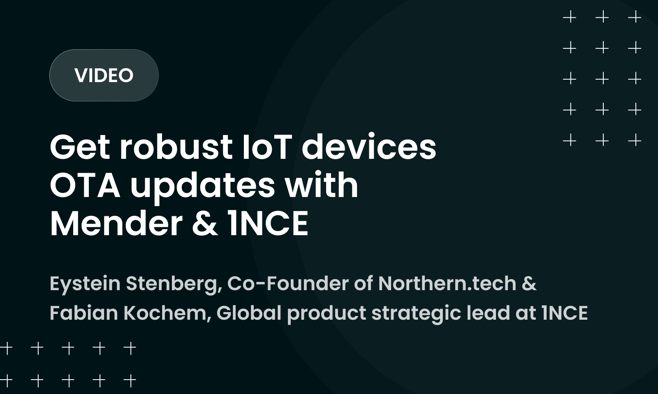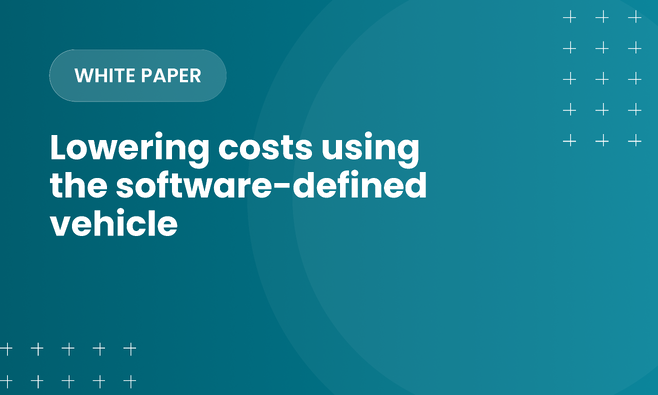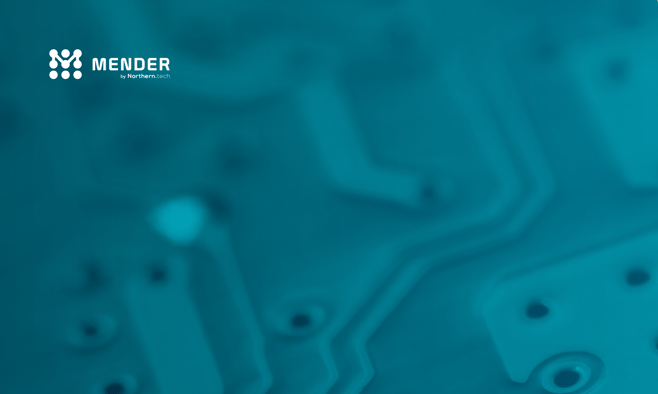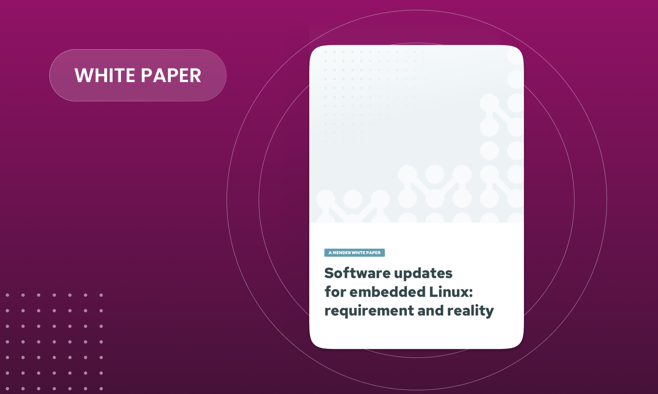Navigating FDA and MDR Compliance: Managing the Device Lifecycle and Embedded Software Updates in Medical Devices - Dr. Baya Oussena
Regulatory bodies, such as the U.S. Food and Drug Administration (FDA) and the Medical Device Regulation (MDR), ensure the safety, effectiveness, and quality of medical devices. For software-driven devices, compliance is an ongoing process; each update or modification can present regulatory challenges for manufacturers. The rapid pace of software innovation makes navigating regulations more complex. Proactively addressing these challenges enhances quality, improves reliability and safety, and adds value for both patients and healthcare providers.
Decarbonizing the future through a future-proofed OTA update infrastructure
In today’s modern connected world, transitioning to sustainable energy is the cornerstone of all the technologies enjoyed and relied upon daily. Aiming to progress alternative energy solutions and reduce the reliance on fossil fuels, a European battery technology innovator, steps in with a bold and simple plan to enable the future of energy by developing a sustainable battery cell out of their main plants in Europe.
Robust & secure over-the-air updates for medical & healthcare devices
To realize the massive potential of new technology, medical and healthcare device OEMs must embrace modern, purpose-fit infrastructure. Advancing patient outcomes requires innovation, and innovation in a software-centered world requires robust and secure over-the-air (OTA) updates. Without it, innovation and, thereby, progress fail.
Securing healthcare, medical, and Internet of Medical Things (IoMT) devices
The rapid growth of IoMT and escalating cybersecurity threats make it necessary for healthcare and medical OEMs to adopt a medical-grade OTA update strategy. Solutions must both address immediate security concerns while simultaneously accommodating regulations like FDA 501(k) and the NIS2 directive.
Over-the-air (OTA) update best practices for industrial IoT and embedded devices
Secure and robust OTA updates are the staple of modern IoT. Read on to see how you can leverage an OTA update mechanism to increase you product's efficiency, value, and time to market.
Complying with the European Union' Cyber Resilience Act (CRA): Four-part guide
Read this comprehensive guide to learn about EU CRA requirements, and why OTA is an essential requirement for CRA compliance
The role of over-the-air (OTA) updates in EU CRA compliance - A comprehensive guide
Read this complete guide on complying with the European Union Cyber Resiliency Act, and how over-the-air (OTA) updates are foundational to ensuring device security.
IoT Show: Get robust IoT devices OTA updates with Mender & 1NCE
Eystein Stenberg and Fabian Kochem introduce a seamless integration for secure, scalable IoT device updates and connectivity on the IoT Show.
Lowering costs using the software-defined vehicle
Discover the future of automotive innovation in our white paper on Software-Defined Vehicles (SDVs). Uncover strategies to overcome industry challenges, harness efficiency, and drive profitability. Learn how embracing software-centric solutions can redefine automotive manufacturing for a competitive edge.
|
Automotive,
OTA
Open source, automotive-grade OTA with Mender
3 minutes to master OTA updates for your vehicles! This video covers over-the-air updates for the automotive industry using signal lights as an example.
|
Automotive,
OTA
Importance of a scalable infrastructure for IoT device management
This white paper discusses key industry challenges with IoT scalability for management and deployment of connected devices, and provides an insight into a scalable solution using Mender.
|
OTA
OTA software updates for IoT: the essentials
Smart devices depend on a secure and effective way to update firmware and software over-the-air. In this paper, we provide a comprehensive guide to deploying secure and robust OTA software updates.
|
OTA
Software updates for embedded Linux: requirement and reality
A look at the issues surrounding software updates, and some of the things to consider when implementing an update mechanism.
|
OTA
Mender OTA software updates with optional device management features
An overview of Mender's end-to-end OTA software update solution with powerful device management features.
IoT device management in Operational Technology: where cloud & AI improves productivity
Cloud and IoT integrations are propelling manufacturers forward, including an aluminum foil rolling machine manufacturer embarking on their digital journey.
|
Customer story,
AI,











